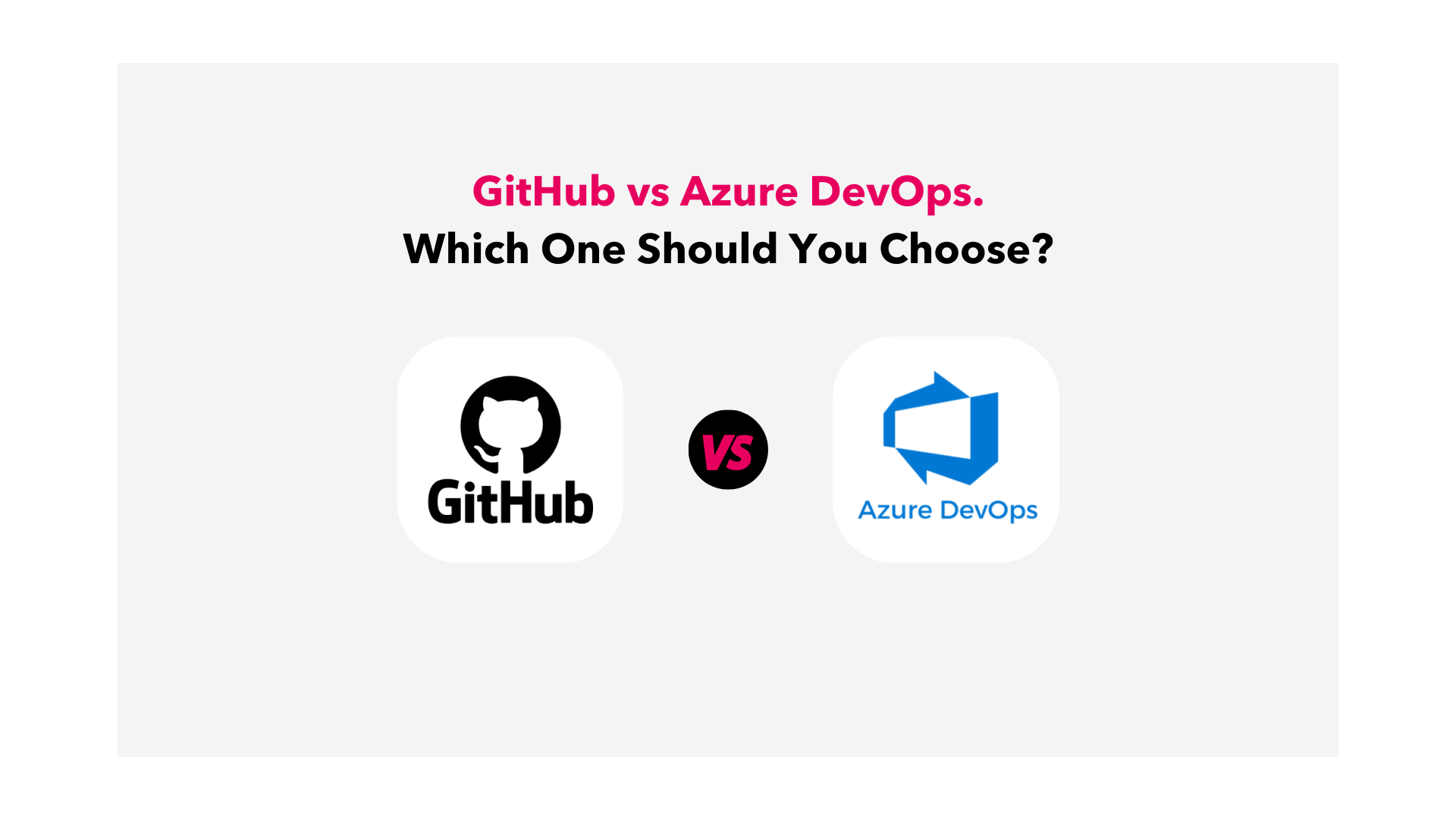
Estimated reading time: 6 minutes
Before you start designing your website, it’s important to take some time to plan out your budget. This is an essential part of any business plan, so it’s important to get it right.
The first step is to conduct a market analysis. This helps you understand the competitive landscape and determine how much you should be spending on your website. The second step is to create a sales strategy. This includes understanding your target market and setting sales goals.
The third step is to create a promotion plan. This involves researching different platforms, such as social media, and determining which ones will be most effective for your business.
Finally, you need to consider the costs associated with designing, hosting, and maintaining your website. This includes web security, marketing, inventory management, and any other costs associated with running an online business.
Once you have your budget in place, you can start thinking about how to design a website for your business.
Related Links
If you’re new to the world of e-commerce, starting with a business plan and budget can be a helpful way to figure out the scale of your operation. If you don’t have a business plan yet, now is a good time to make one. You’ll use the business plan to organize and prioritize the many tasks your team faces.
By organizing your tasks in a business plan, you’ll be able to assign specific dates, resources, and personas to each task. Doing so will make sure that there’s as little downtime as possible between tasks and will also help you get an idea of how much work is involved in running your business. As you plan your business, keep in mind that starting a business can often be a marathon and not a sprint. You’ll likely run into many unforeseen difficulties along the way, which is normal. You’ll need to be able to adjust your business plan and budget as you encounter new obstacles.
As you plan your website, you’ll want to determine how you plan to drive traffic to your site and what kinds of content you plan to create. As you create content for your website, you’ll want to include the types of articles that will help people find you and get what you offer. For example, if you’re selling bamboo plant stakes, you’d want to include articles such as planting a bamboo garden and growing bamboo plants. As you create content for your website, you’ll also want to determine how you plan to promote your content. There are many online marketing strategies, but the most successful online businesses stick to a few tried-and-true strategies.
Expanding And Driving Traffic

As you drive traffic to your site, make sure you have a sales strategy in place to drive sales. Your sales strategy will include a list of marketing tactics and what times of the day or week you want to use each one. You’ll also want to consider expanding your business to other states or countries. There are many advantages to expanding your business, including the ability to get a larger audience and increase your revenue.
Website Security
To include effective web security features is significant, you’ll want to consider things like SSL security, password policies, and more. Another thing to look out for is any malware or harmful code that could harm your visitors. If you’re planning to sell products or services on your website, there are some additional considerations to take into account.
First, you’ll need to decide how you want to accept payments. You’ll need to research payment processors and decide which one is right for your business.
You’ll also need to consider how you’ll manage orders and shipping. Depending on the size of your business, you may need to invest in an inventory management system or an e-commerce platform.
Creating Content
Once you have the basics of your website in place, it’s time to think about content. Content is key to any successful website, so it’s important to plan it carefully.
The first step is to create a content map. This is a document that outlines the different types of content you want to include on your website and how it will be organized. Once you have your content map in place, you can start thinking about how to present your content. This includes deciding what type of graphics to use, how to structure your web pages, and how to optimize your content for search engines.
Finally, you should consider how you can use content to expand your business. This includes creating a blog, offering webinars, and creating a newsletter.
Creating a newsletter for your website can be a great way to keep your customers informed about your company and its products or services, can also be a great way to build a relationship with your customers and encourage them to keep coming back to your website.
There are a few different ways to do it. One of the most popular methods is to use a newsletter service such as MailChimp, which allows you to create a template for your newsletter and then send it out to your customers.
The purpose of a newsletter is to keep your customers informed about your company and its products or services. It can also be used to build relationships with your customers and encourage them to keep coming back to your website. You can also use your newsletter to promote special offers or discounts or to announce new products or services. Ultimately, the goal of a newsletter is to keep your customers engaged and informed about your business.
Call To Actions
Finally, you’ll need to consider how you’ll handle customer service. Having a clear and effective way for customers to contact your business is essential for providing excellent customer service. Whether it’s through a website contact form, email, chat, or phone, it’s important to make sure your customers have an easy way to get in touch with you.
A website contact form is a great way to provide customers with a straightforward way to ask questions, provide feedback, and make requests. Make sure the form is easy to find and fill out, and that it’s clear what type of information you’re asking for. You should also include a call to action to encourage customers to fill out the form.
Email and chat are also great options for customers to contact your business. They provide a more personal way for customers to get in touch with you. Make sure that your email address and chat window are easy to find on your website, and that you have a clear purpose for why customers should contact you.
Having a clear and effective way for customers to contact your business is essential for providing excellent customer service. Make sure that your website contact form, email address, and chat window are easy to find and that you have a clear purpose for why customers should contact you. This will help ensure that your customers have an easy way to get in touch with you and get the help they need.
Designing a website for your business on a tight budget can seem like an intimidating task. But, with some careful planning and research, you can create an effective and attractive website that will help you reach your business goals.
Contact Matchbox Design Group Today!
If your website could use a refresh, if you’re looking to drive more traffic to your site, or you would like to submit a guest post, fill out the form below and we’ll contact you to learn more about your digital needs.

